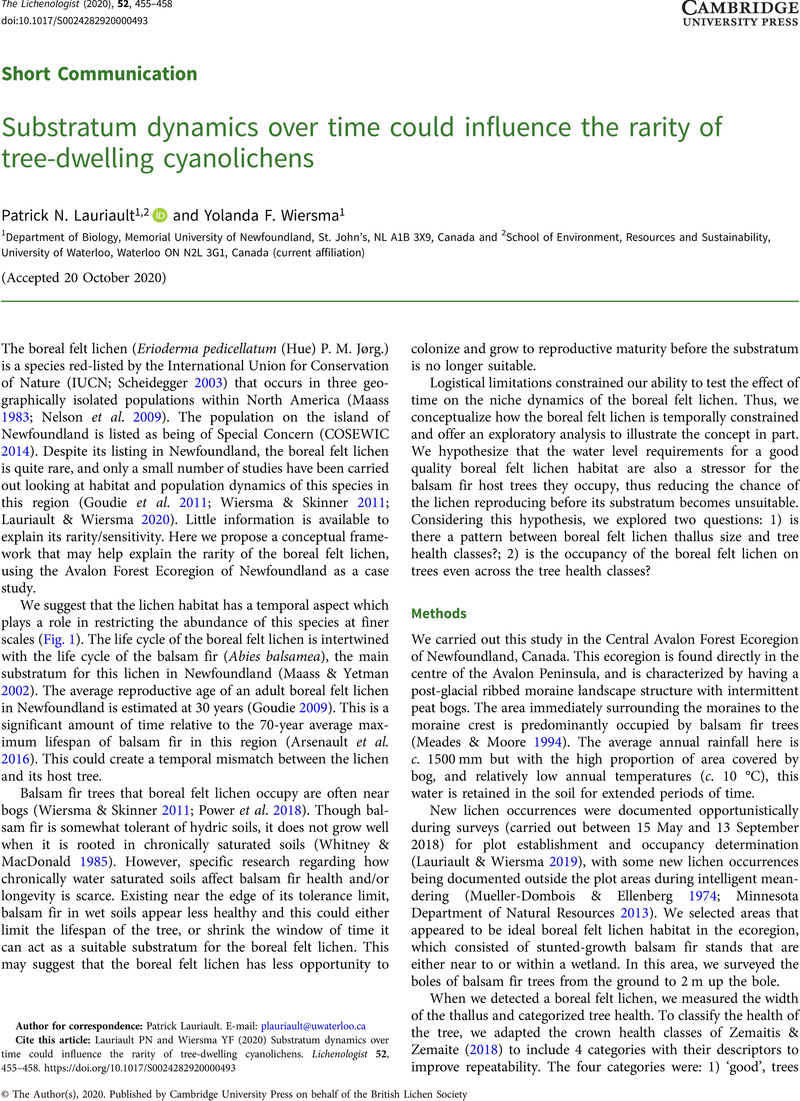Minnesota Department of Natural Resources (
2013)
Handbook for Collecting Vegetation Plot Data in Minnesota: the Relevé Method,
2nd edn. Minnesota Biological Survey, Minnesota Natural Heritage and Nongame Research Program, and Ecological Land Classification Program. Biological Report 92.
St. Paul:
Minnesota Department of Natural Resources.
Google Scholar 